Discover the repoussé technique, an ancient metalworking method that creates unique relief designs. Used since...
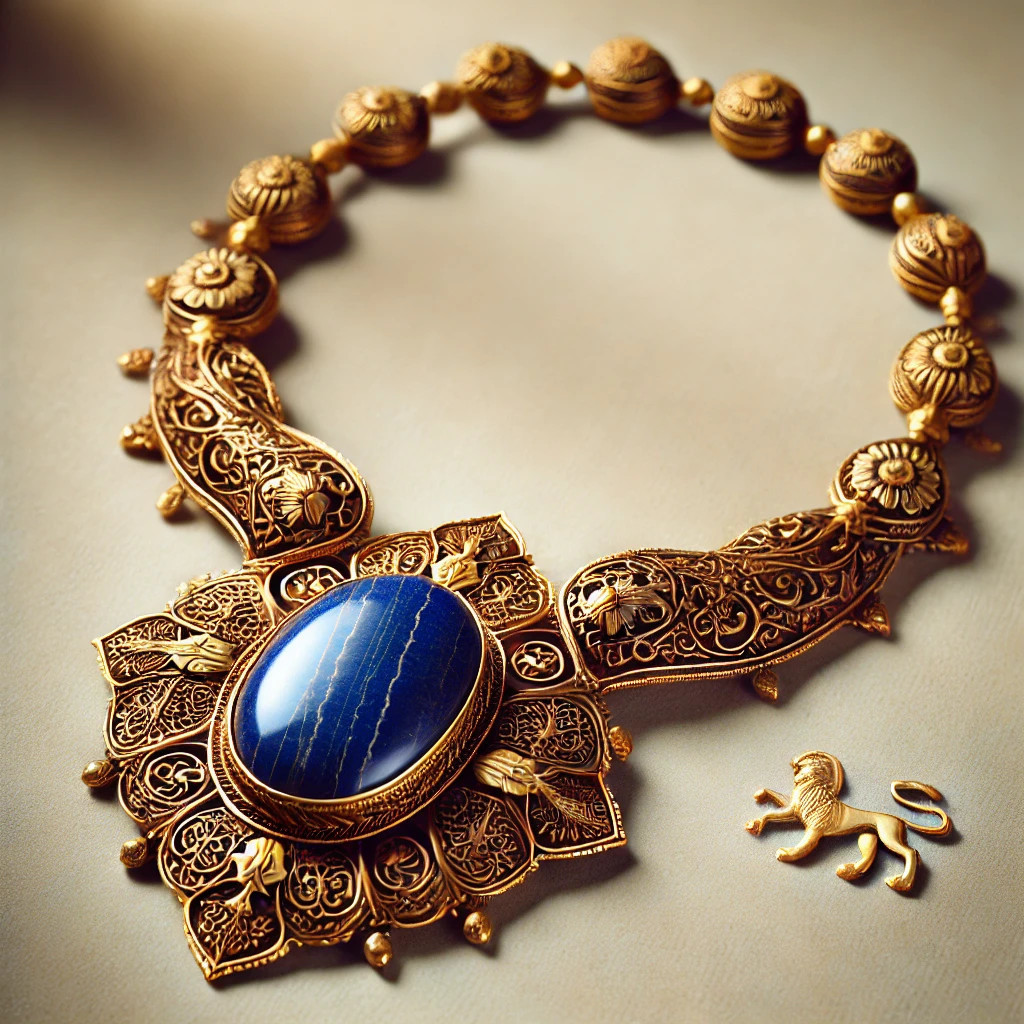
Jewelry in the Persian Empire
Jewelry in the Persian Empire: Between Luxury and Symbolism
The Persian Empire, which flourished between 550 BC and 651 AD, is renowned for its refined artistic taste and lasting influence on neighboring cultures. Persian jewelry, in particular, showcases a taste for luxury and symbolism, and continues to inspire contemporary jewelry designers. Let’s explore the fascinating history of jewelry in the Persian Empire, its precious materials, symbols, and its role in society.
The Refined Craftsmanship of the Persian Empire
Persian artisans were famous for their mastery in jewelry-making. Goldsmithing and gemstone work were considered high arts, with meticulous attention to detail. Artisans used advanced techniques to shape precious metals such as gold and silver, which they combined with rare stones to create unique pieces.
Among the techniques used were granulation (the application of tiny metal beads to form patterns), filigree, inlay, and engraving. These methods allowed them to create intricate jewelry, often inspired by nature, animals, and mythological figures.
Materials and Precious Stones
Persian jewelry was primarily made from gold and silver, symbols of power and prestige. Precious stones, such as lapis lazuli, turquoise, agate, and coral, were also highly valued for their beauty and symbolism.
- Lapis Lazuli: Imported from the Afghanistan region, it symbolized protection and wisdom. This intense blue stone was commonly used in necklaces and bracelets.
- Turquoise: Considered a protective stone, it was very popular and often used in pendants and earrings.
- Agate and Coral: Used to attract luck and prosperity, these materials also adorned amulets and other protective jewelry.
Each material had its own meaning, giving each piece of jewelry a spiritual and symbolic dimension.
Symbols and the Meaning of Jewelry
In the Persian Empire, jewelry was not only decorative but also carried profound meanings and symbols of protection, prosperity, and power. Popular motifs included representations of animals, such as lions, eagles, and bulls, symbolizing strength and courage. These symbols also adorned crowns and royal insignia.
- The Lion and the Bull: Represented royal power and protection.
- The Eagle: A symbol of nobility and royal vision, often adorning diadems and necklaces.
- Flowers and Floral Motifs: The lotus flower, for example, symbolized purity and rebirth, while other floral patterns represented fertility and abundance.
These pieces of jewelry, often filled with symbolism, also served as protective talismans, worn by members of the royal family and nobility to bring good fortune and ward off negative energies.
Jewelry and Social Hierarchy
In Persian society, jewelry represented a sign of social status and wealth. Only members of the royalty, nobility, and high-ranking military officials could afford to wear such lavish pieces. Jewelry was not only an outward symbol of power but also served to solidify political alliances.
Court women wore luxurious diadems, earrings, necklaces, and bracelets, often adorned with precious stones. Men, on the other hand, wore rings and pendants as symbols of power and authority. These ornaments also had a spiritual and protective role, making the wearing of jewelry not only prestigious but essential for safety and well-being.
Jewelry in Rites and Ceremonies
Jewelry also played a central role in religious rituals and ceremonies. It was offered to gods and goddesses as a tribute to gain their blessing. In some cases, amulets and pendants were specifically made to protect the wearer during battles or on long journeys.
Funerary jewelry was also common. Persian nobles were buried with their jewelry, which symbolized not only their status in this life but also their rank in the afterlife. These pieces, often decorated with protective symbols, were considered guides to accompany the soul on its journey after death.
The Legacy of Persian Jewelry Today
The influence of Persian jewelry can still be seen in modern creations. The Persian style, with its floral motifs, vibrant gemstones, and ancient symbols, continues to inspire jewelers worldwide. Modern jewelry inspired by the Persian Empire often combines the elegance of ancient design with a touch of modernity, offering timeless pieces that celebrate a rich history of symbolism.
The jewelry of the Persian Empire testifies to the wealth and spirituality of an ancient civilization that valued aesthetics and symbolism. These ornaments, much more than mere accessories, embodied a visual language of power, protection, and social status. Wearing jewelry inspired by this era means not only adding a touch of elegance but also claiming a legacy that endures through the ages.

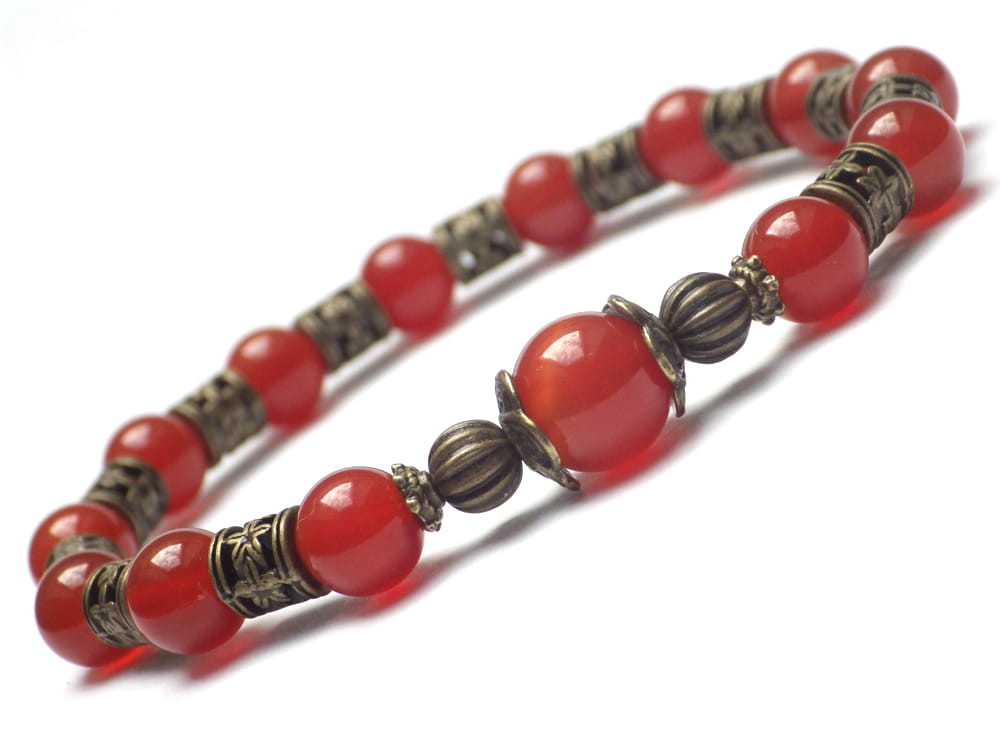
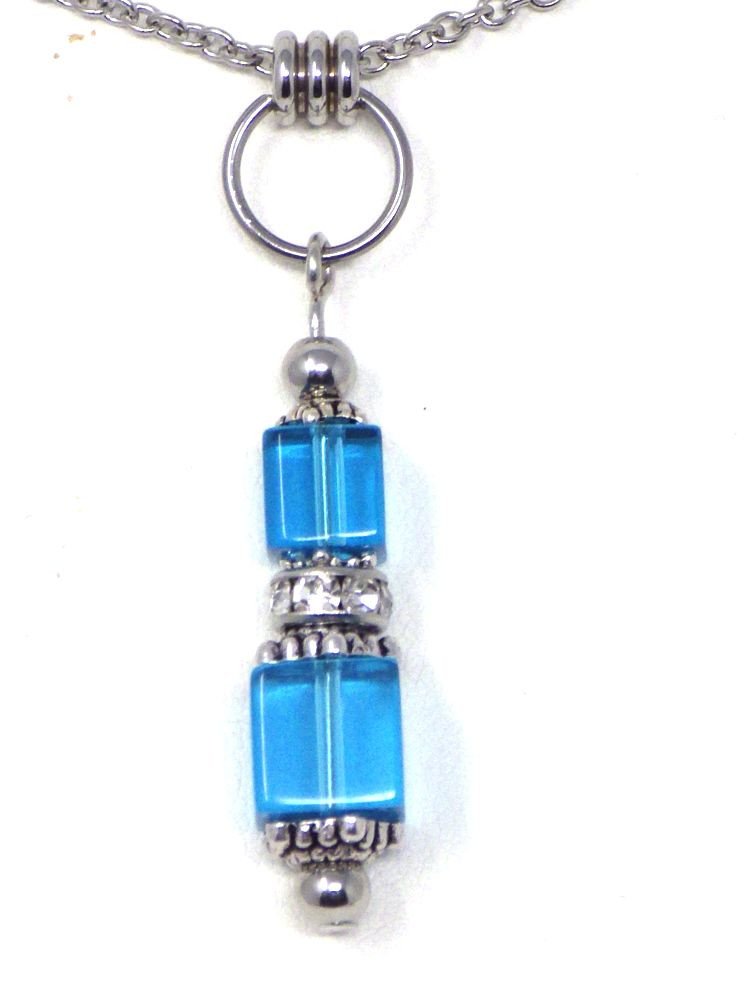
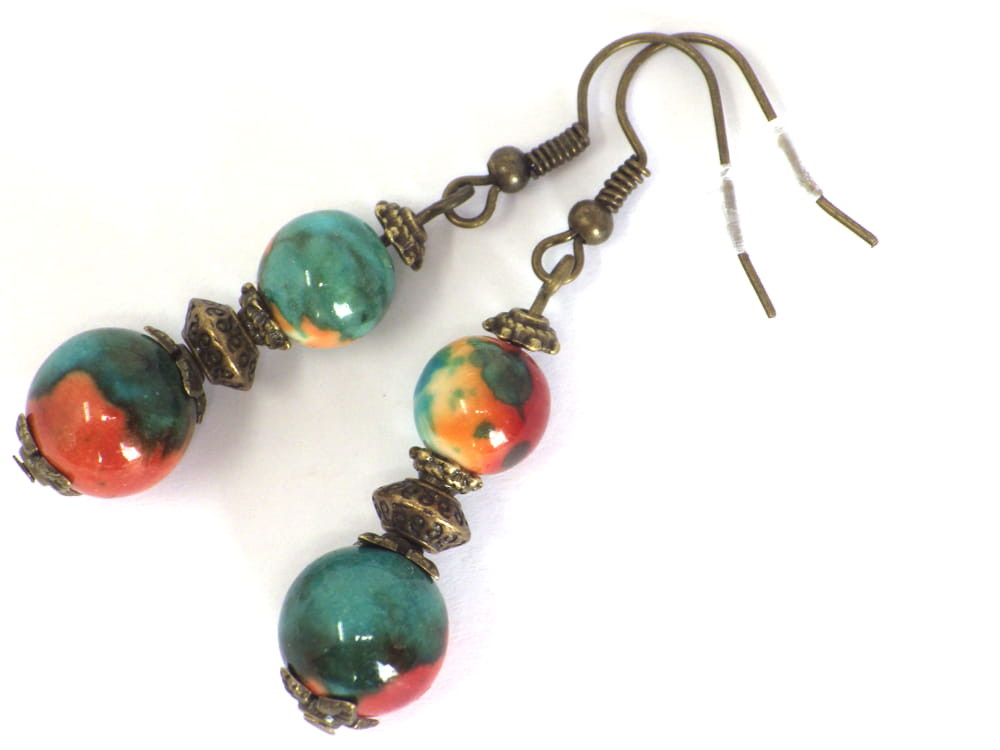

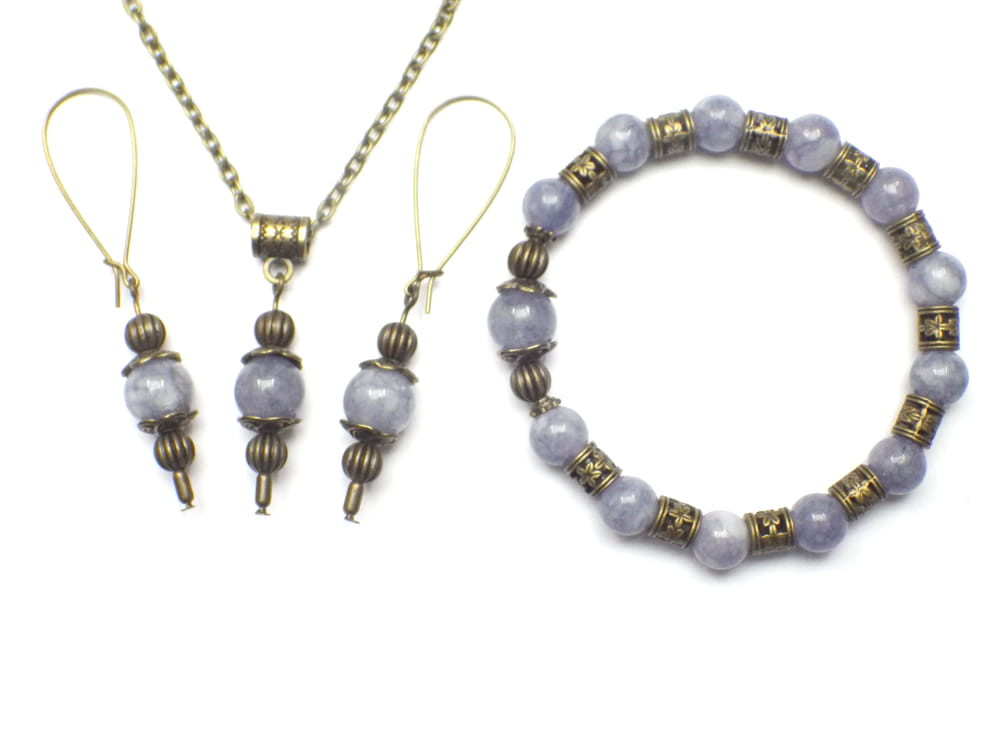
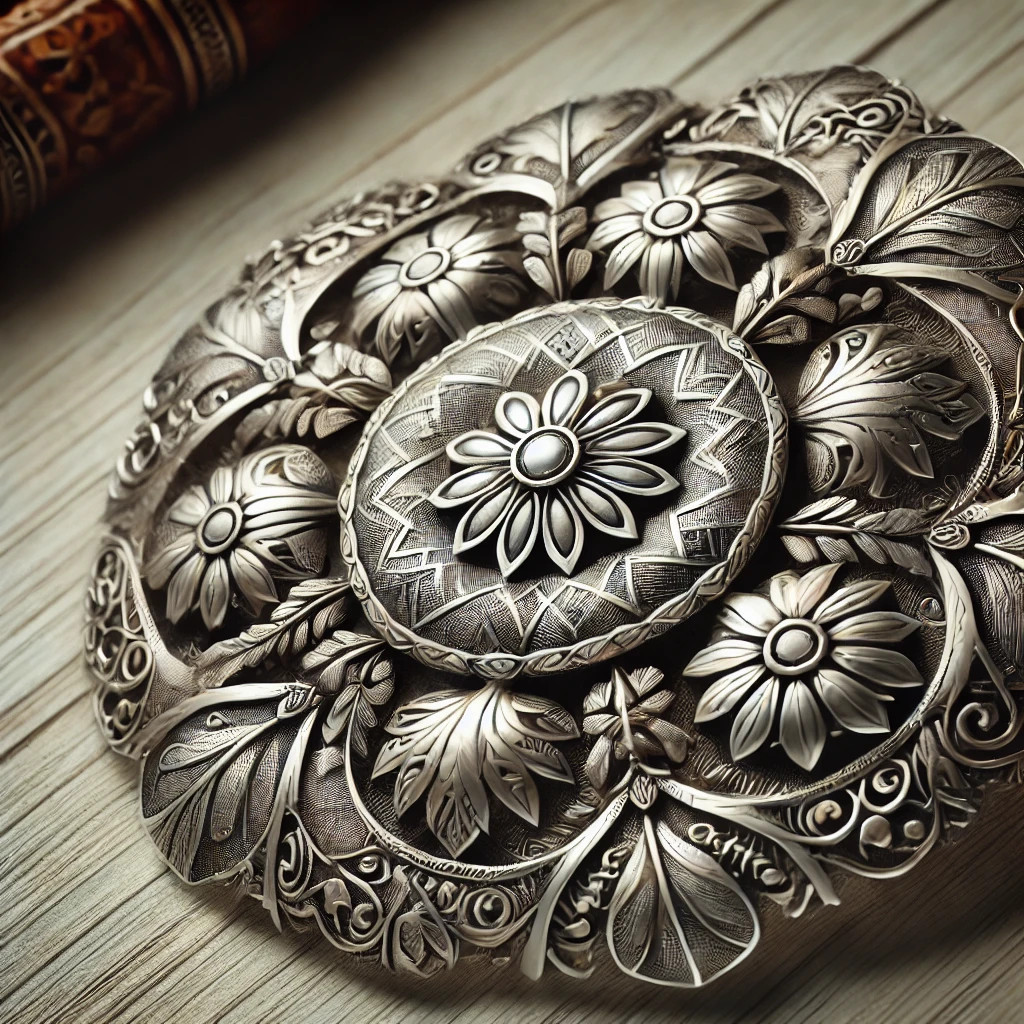
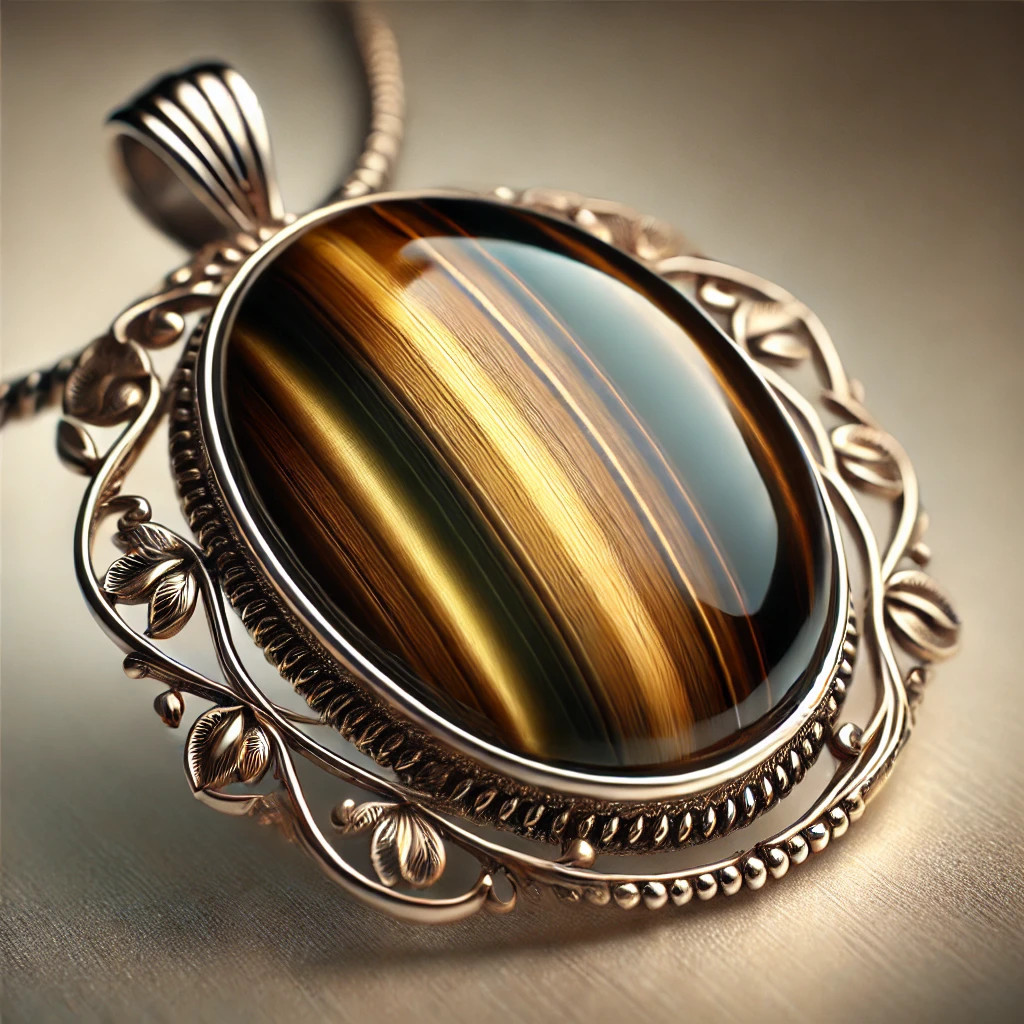
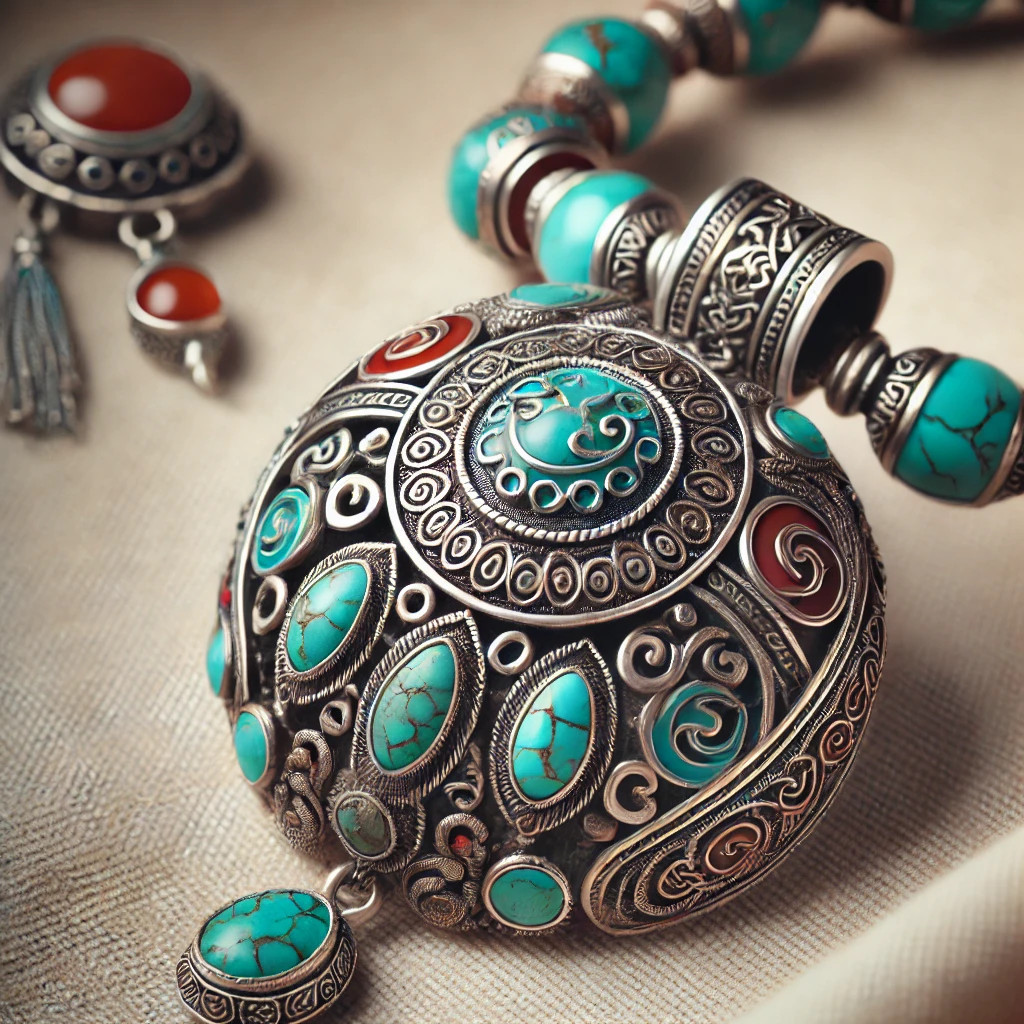
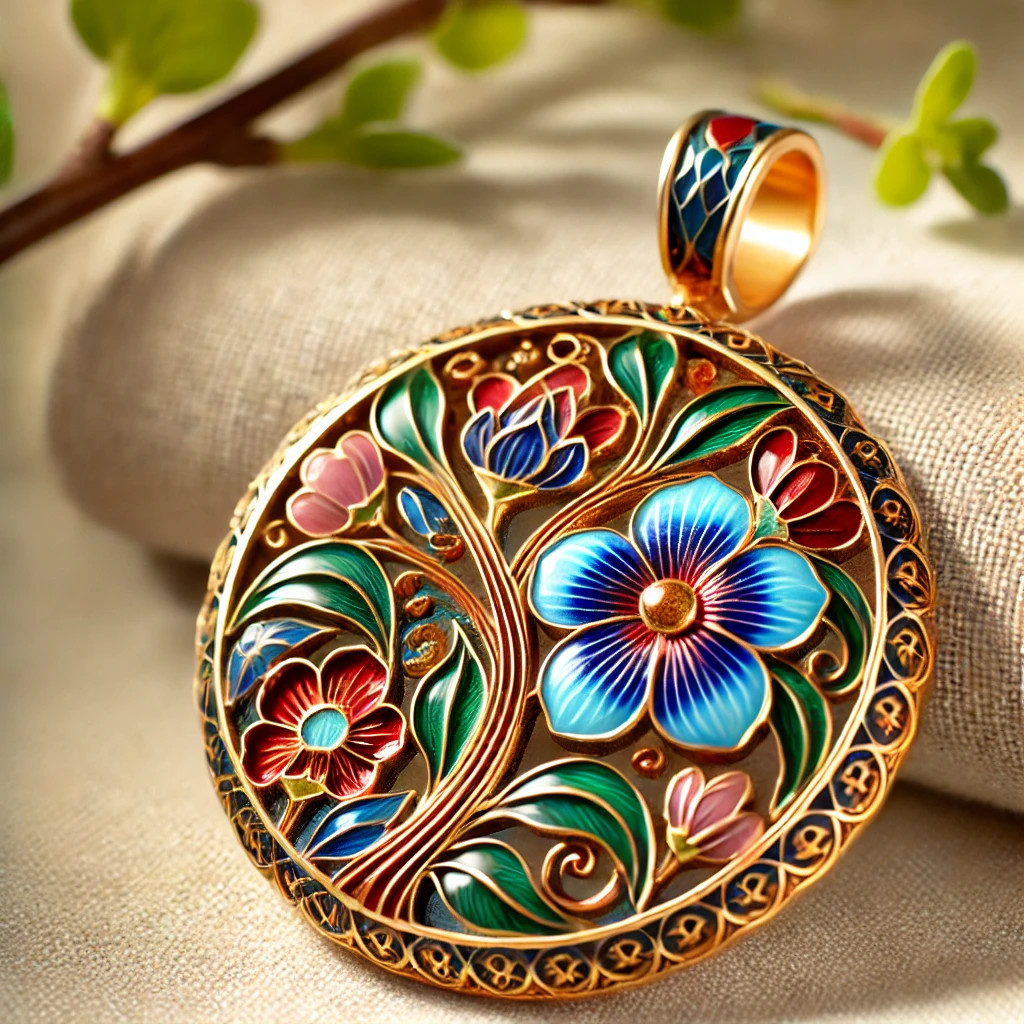

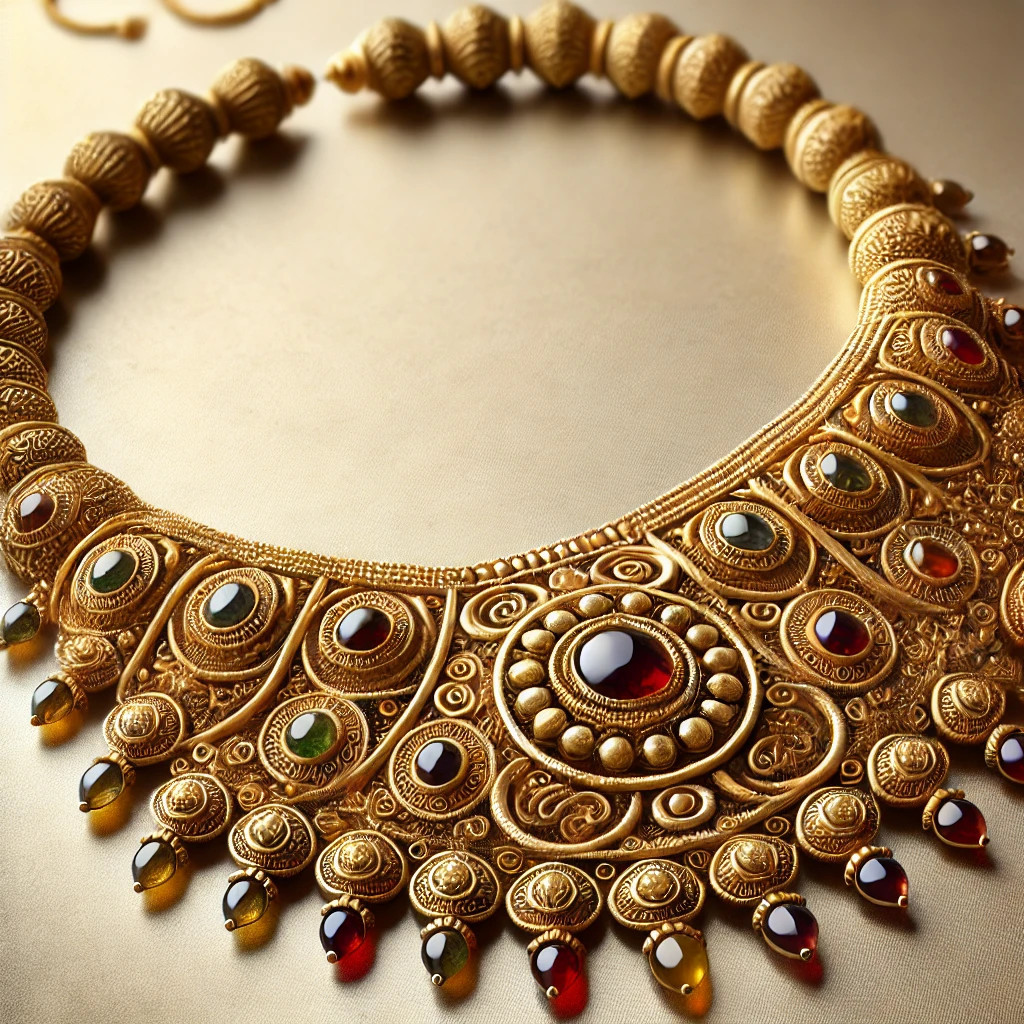
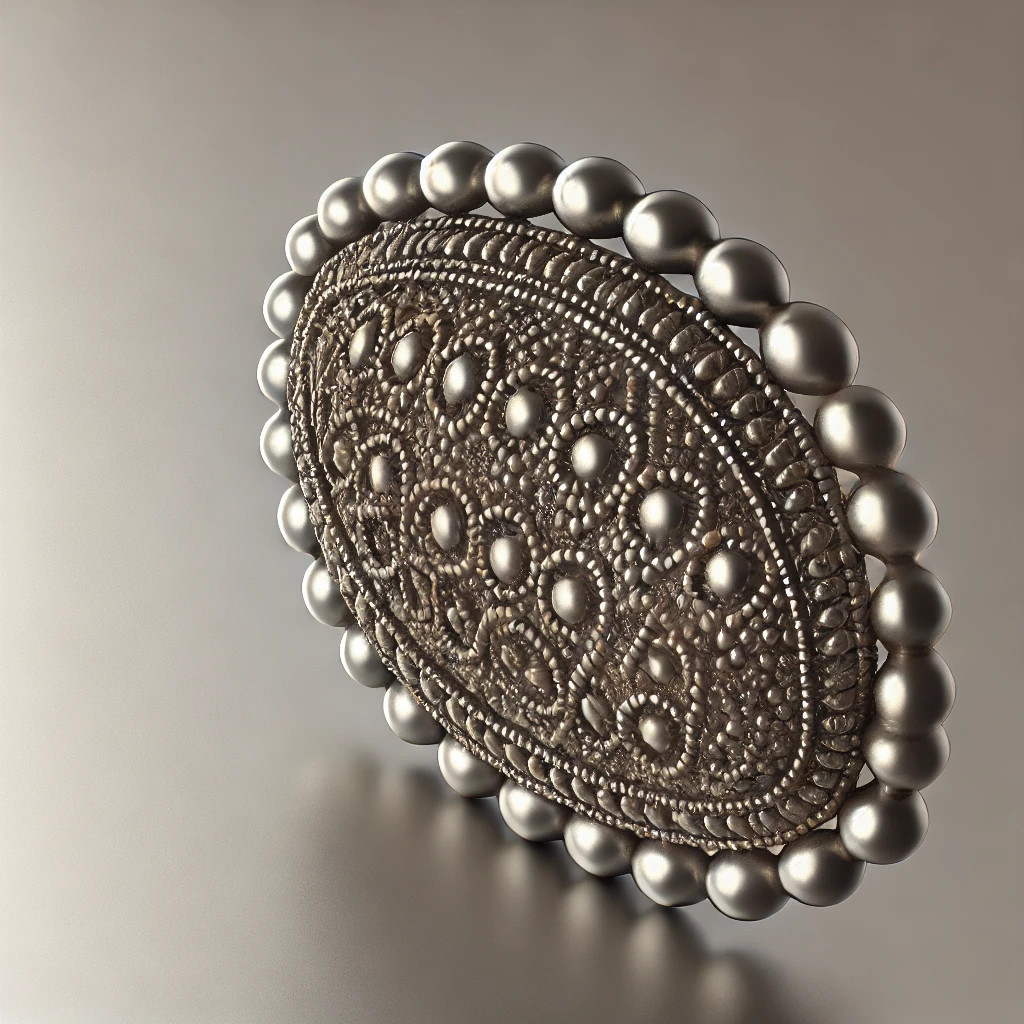

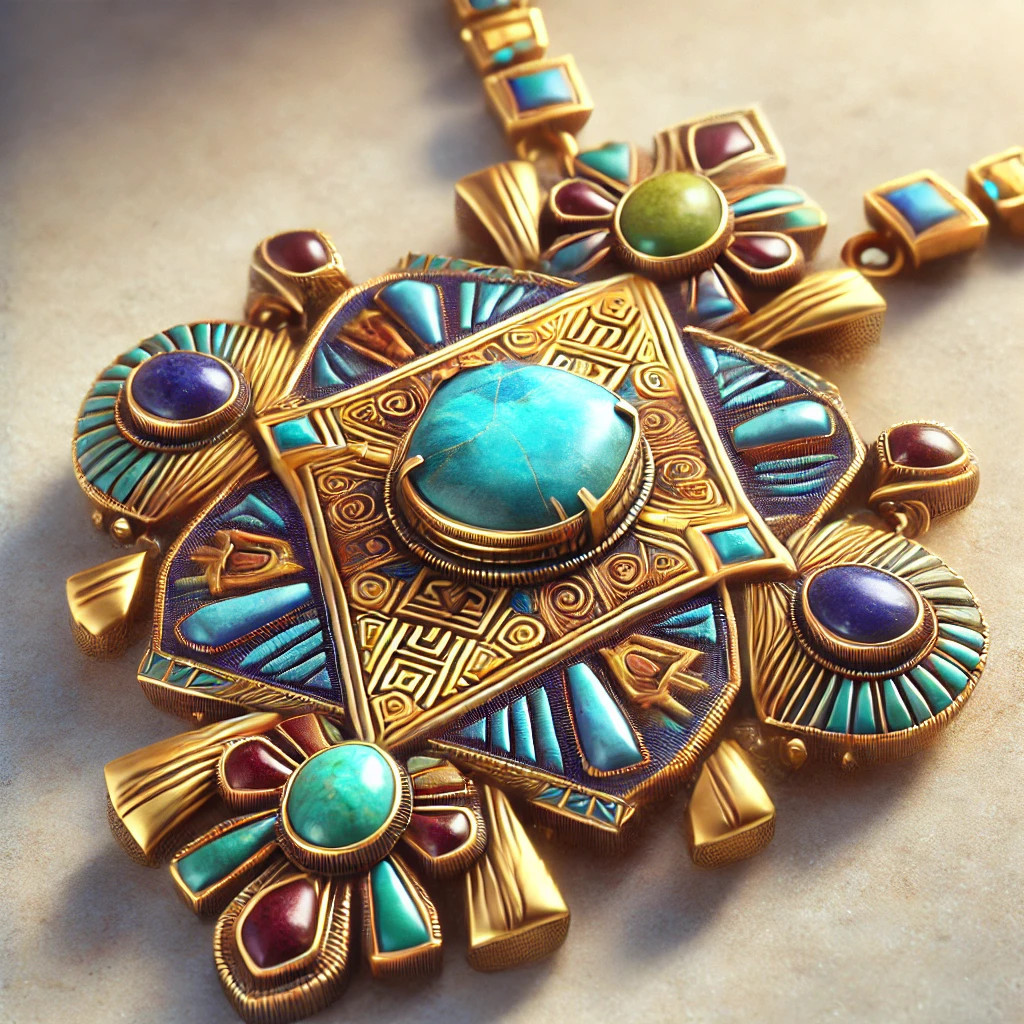



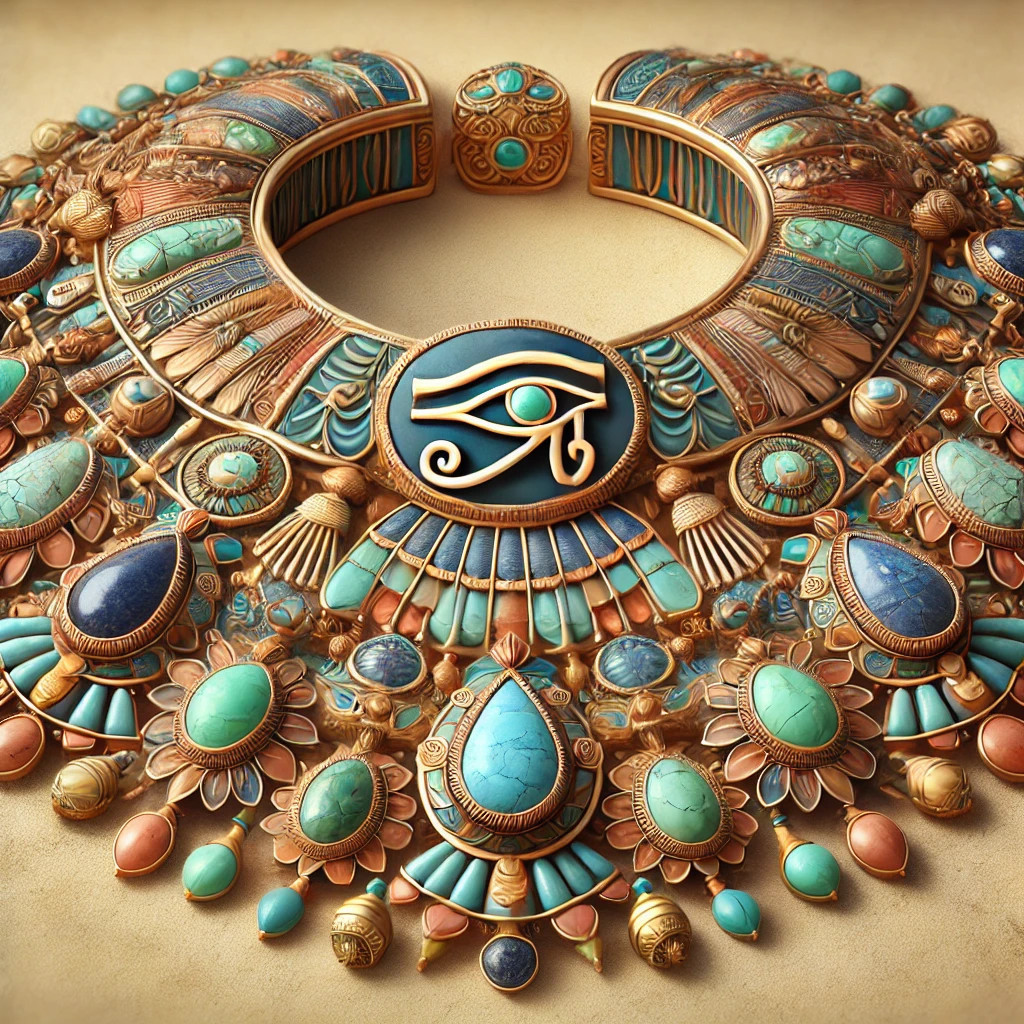

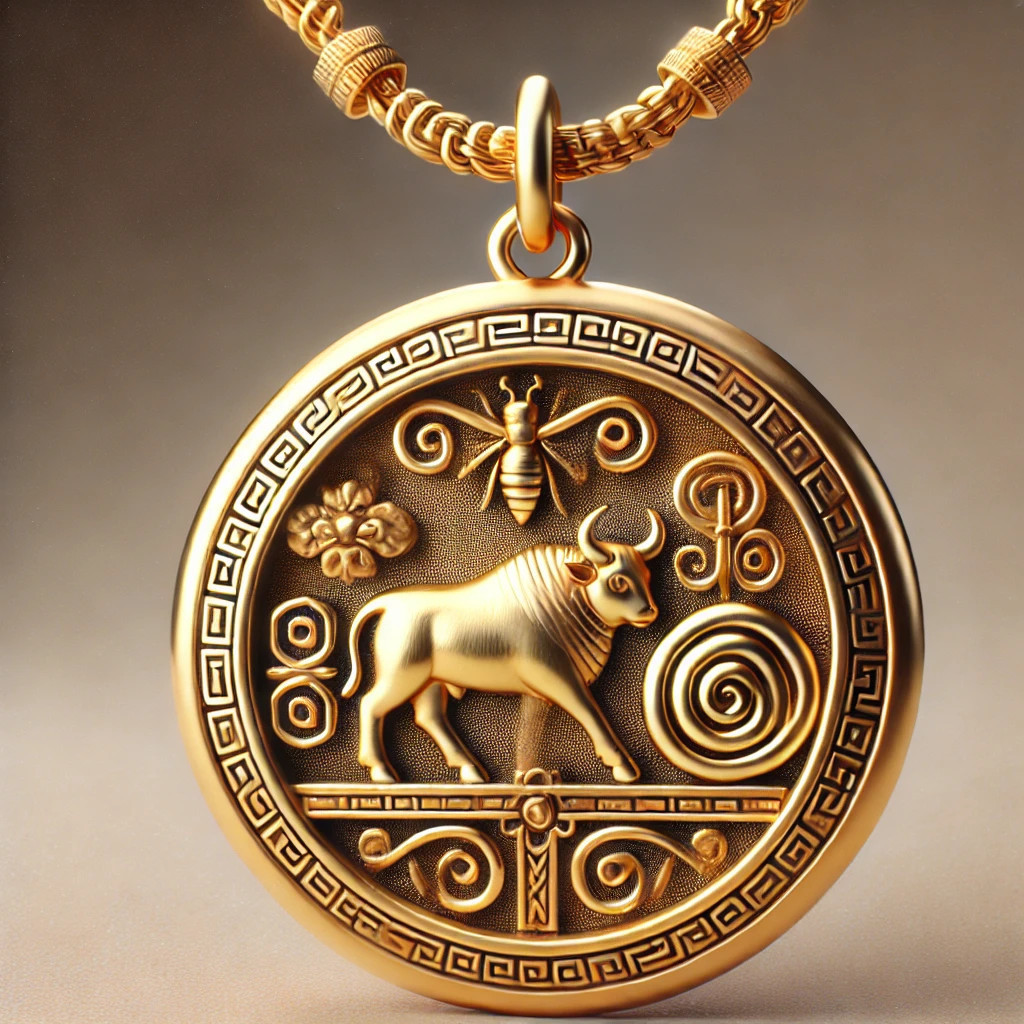
Leave a comment